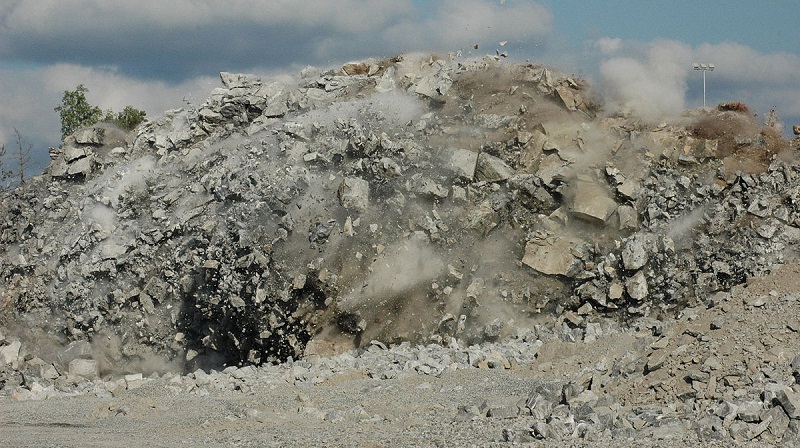

Rock fracturing service is a crucial process in the construction and mining industry. Drilling, blasting, and hydraulic fracturing help break down large rocks into smaller pieces. The process is highly effective but potentially dangerous if not carried out correctly. Therefore, it’s essential to take safety measures to prevent accidents and ensure that everyone involved in the rock fracturing service remains safe. Before starting any rock fracturing or blasting activity, it’s important to conduct a thorough risk assessment of the site. It includes identifying potential hazards such as unstable ground conditions, water sources nearby, and overhead power lines. All employees involved in rock fracturing service must be well-trained in safety procedures before starting work at a job site.
The PPE workers must wear include hard hats, earplugs or earmuffs, safety glasses or goggles, gloves, and steel-toed boots. Using appropriate equipment is critical when performing any type of rock-fracturing work. All machinery should be regularly inspected for faults or defects that could cause accidents or malfunctions during operation. Blast design plans must be developed based on site-specific conditions and geological analysis by experienced professionals before initiating any explosive activities at a job site.
Secure work area before blasting operations begin
Before commencing any blasting operations near public areas like schools or residential areas where people live nearby are notified beforehand so they can take necessary precautions. It’s imperative to secure the work area by placing warning signs, barricades, and flagging tape. It is to ensure that no one enters the danger zone. Air quality monitoring is an essential aspect of rock fracturing service. Dust and particulate matter generated from blasting operations can cause respiratory problems for workers, nearby residents, and even wildlife in the area. Therefore, it’s important to monitor air quality continuously throughout the operation using appropriate instruments like dust monitors or particle counters. During stenspräckning operations, explosives are used to break down large rocks into smaller pieces; hence proper handling and storage of these explosives must be done with the utmost care by trained personnel only. Regular maintenance of equipment is crucial in ensuring that all machinery involved in rock-fracturing services functions correctly during operation without any malfunctions or breakdowns leading to accidents.
Emergency response planning is essential for any job site where hazardous activities occur, such as rock fracturing services. It includes having a first-aid kit nearby, and emergency phone numbers posted at strategic locations on-site so they can be accessed quickly if needed. Regular safety audits should be conducted by competent professionals at intervals determined based on site-specific risk assessments to identify potential hazards or non-compliance with safety procedures before they lead to accidents or injuries. Remote control technology can help increase the safety of rock fracturing services by allowing operators to operate machinery from a safe distance. It reduces the risk of accidents caused by human error or equipment malfunction. Near misses or incidents should be reported immediately to management so they can take appropriate corrective actions if necessary and prevent similar occurrences in future operations.






